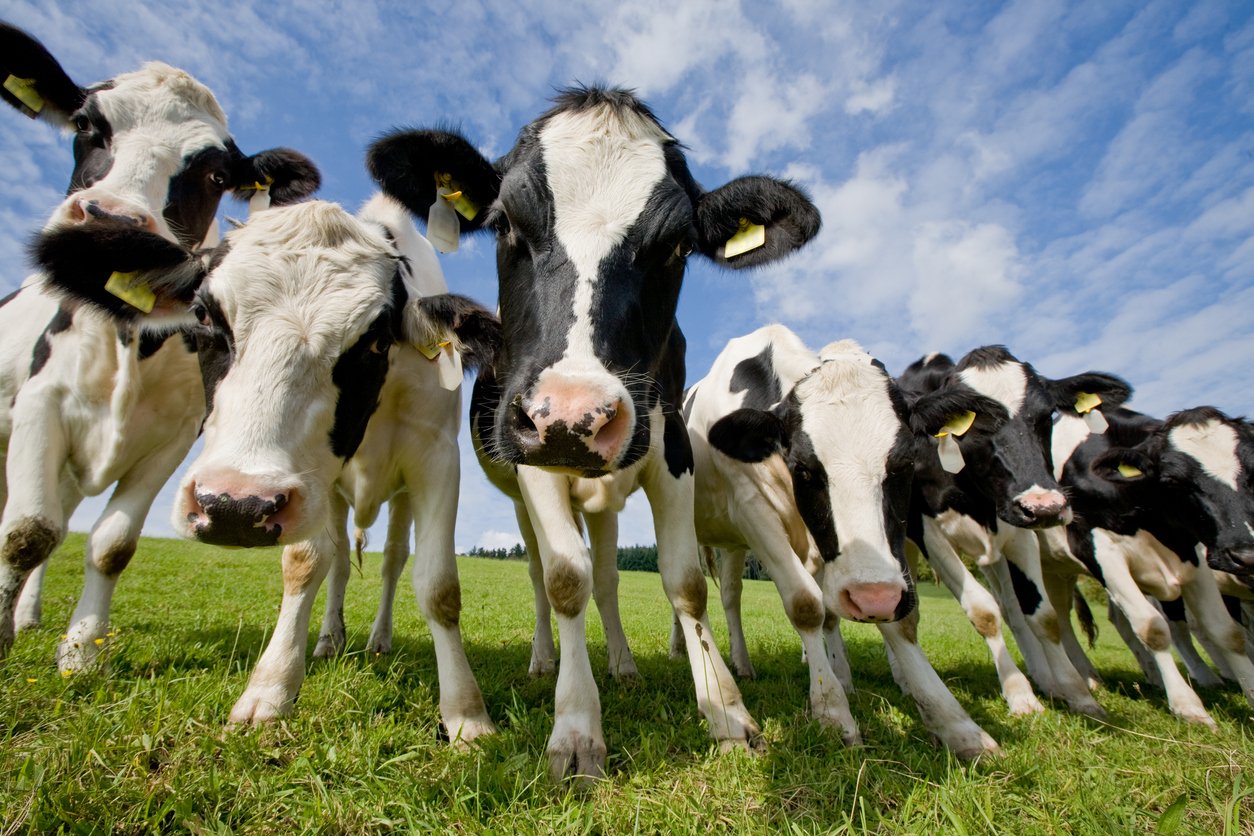When spring arrived, Culicoides activity, which had decreased or halted during winter, gradually resumed, raising renewed concerns about EHD transmission. The resumption date of vector activity, as defined by Delegated Regulation (EU) 2020/689, varies by country and weather conditions:
- Italy: between 24 January and 13 March, depending on the region
- Portugal: 26 March
- Austria: 31 March
- Spain: 9 April
- Slovenia: 22 April
- Romania: 24 April
- Czech Republic: 1 May
For many countries, such as Germany, France, and Poland, these dates are not published. In such cases, the resumption of vector activity can be estimated by comparing with regions of similar climates. Additionally, Culicoides activity might not cease if winter conditions are favourable.
As of 27 June 2025, it is crucial to update the incidence of Epizootic Hemorrhagic Disease serotype 8 in Europe. This vector-borne disease, emerging in autumn 2022, is transmitted by these midges.
Prefer to listen to this article? Click the play button below and enjoy our podcast!
Decrease in the incidence of Epizootic Hemorrhagic Disease in Europe: beware of jumping to conclusions
The evolution of the incidence of the Epizootic Haemorrhagic Disease (EHD) is slightly different than BTV-3. Indeed, the onset of vector activity is not immediately accompanied by a surge in cases of EHD.
In France, no new outbreaks of the disease have been reported since 1 June 2025. While this may suggest that the disease has disappeared in France, these data must be compared with the figures for 2024: between 1 June and 28 June 2024, only nine new outbreaks were reported. But, between 1 July and 29 October 2024, 2,470 new outbreaks were officially reported.
To date, Spain, Portugal and Italy have not reported any new cases since the beginning of 2025.
Although the vaccination strategy put in place is helping to reduce the spread of the virus, vaccination coverage is not yet sufficient to hope for the disease to be eradicated. We can therefore expect a further increase in the incidence of the disease in the coming weeks.
A false positive case in Belgium
In April 2025, a bovine imported from south-western France (infected zone) was tested positive by RT-PCR upon arrival in Belgium. The two other animals accompanying it were tested negative. After investigation, the Belgian authorities concluded that the animal had been infected well before its transfer to Belgium and was no longer viraemic. The positive RT-PCR test result can be explained by the fact that the virus' RNA can be detected up to six months after infection, even though the virus is eliminated in less than four weeks. No other cases of EHD have been reported in Belgium.
Key messages
- The incidence of EHD-8 has been zero for several weeks
- Experience shows that Epizootic Hemorrhagic Disease incidence in June doesn't predict trends for late summer or autumn. It is crucial to stay vigilant and keep up with vaccination to control the spread of the disease.

References
https://agriculture.gouv.fr/mhe-la-maladie-hemorragique-epizootique
About the author
Philippe Gisbert (Ruminants Global Technical Manager)
Philippe Gisbert started his career in 1994 as a Vet practitioner working with companion and farm animals for over 9 years. He then became Health Affairs Manager for Group Agena (artificial insemination company). In 2008 he joined Eurofins – Laboratoire Coeur de France as Animal Health Unit Manager where he worked for 7 years until he joined Ceva France as Technical Manager Ruminants (Infectiology, Vaccines and Diagnostic). Since 2020 he is Global Technical Manager for Biologicals, Udder Health and Antiinflammatories. He is a member of SIMV diagnostic and anti-infective technical groups and has integrated different working groups of ANSES and UNCEIA related to epidemiology, antibiotic resistance and reproduction in livestock.
Explore author’s articles

Leave your comments here